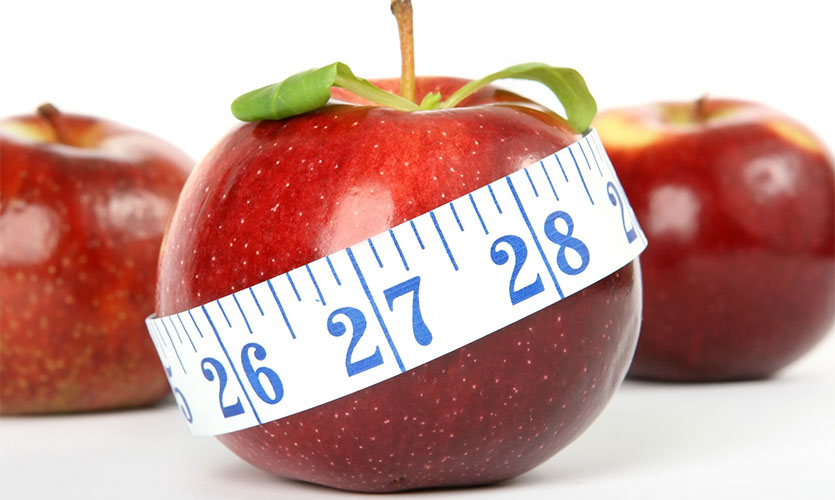Talking through BMI centiles with parents

It can be a difficult thing to tell a parent/carer that their child is over- or under-weight (see communicating with parents about weight module). If parents/carers are unaware there is an issue, the news could come as a shock and might cause initial upset or anger. Yet this is sometimes a necessary process for parents/carers to go through to recognise the need to change.
The following guidance is provided to support you in presenting information about the child’s weight in an informative, yet sensitive, manner. This approach was developed through the GOALS child weight management programme in Liverpool with parents/carers often commenting it was the first time someone had explained to them in “black and white” about their child’s weight.
Faq Items
Avoid sugar-coating information
Being direct doesn't mean being insensitive
The two videos below provide examples of talking through children’s weight, height and BMI with parents. Parents in the videos are actors and children’s names are fictional.
In video 1, Paula is talking to the mother of a 3-year old boy (Toby), who is worried he is underweight. In this video Paula uses the UK Growth Chart Boys 2-18 years to explain Toby’s height, weight and how this converts to BMI.
In video 2, Paula is talking to the father of a 4-year old girl (Chloe). Paula uses the UK Growth Chart Girls 2-18 years to explain Chloe’s height and weight, but moves straight to the BMI chart for children aged 2-20 years to explain Chloe’s BMI (because Chloe has overweight, both visually and from the fact her weight centile is a lot higher than her height centile).
Tracking BMI over time for children with over-weight
As children are still growing, they will reduce their BMI centile by stabilising their weight, or even by putting on weight at a slower rate than they gain height. The recommended approach to achieve this is through lifestyle changes to physical activity and diet, as discussed in the Infant and Child Nutrition and Physical Activity and Sedentary Behaviour modules. Therefore when following-up with children, you should be encouraged by any reduction in BMI centile, as it will take time for children who are very overweight to achieve a healthy BMI.
Figure 2 and figure 3 show how it would look on the charts if Chloe (video 2) were to maintain her weight while she continues to grow along the height centiles. Figure 2 shows the height and weight chart, and figure 3 shows the BMI chart. It can be seen that over a period of 18 months Chloe’s weight drops from > 98th centile to between the 75th and 91st centile. This brings her BMI down from 20.9kg/m2 to 17.1kg/m2, and her BMI centile from >99.6th centile (severely obese) to < 91st centile (healthy).
Quiz
Below is a short quiz to help you evaluate your learning from this module. You may take the quiz as many times as you like.





